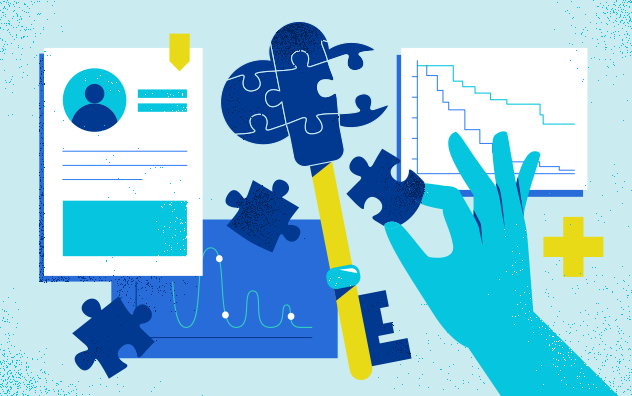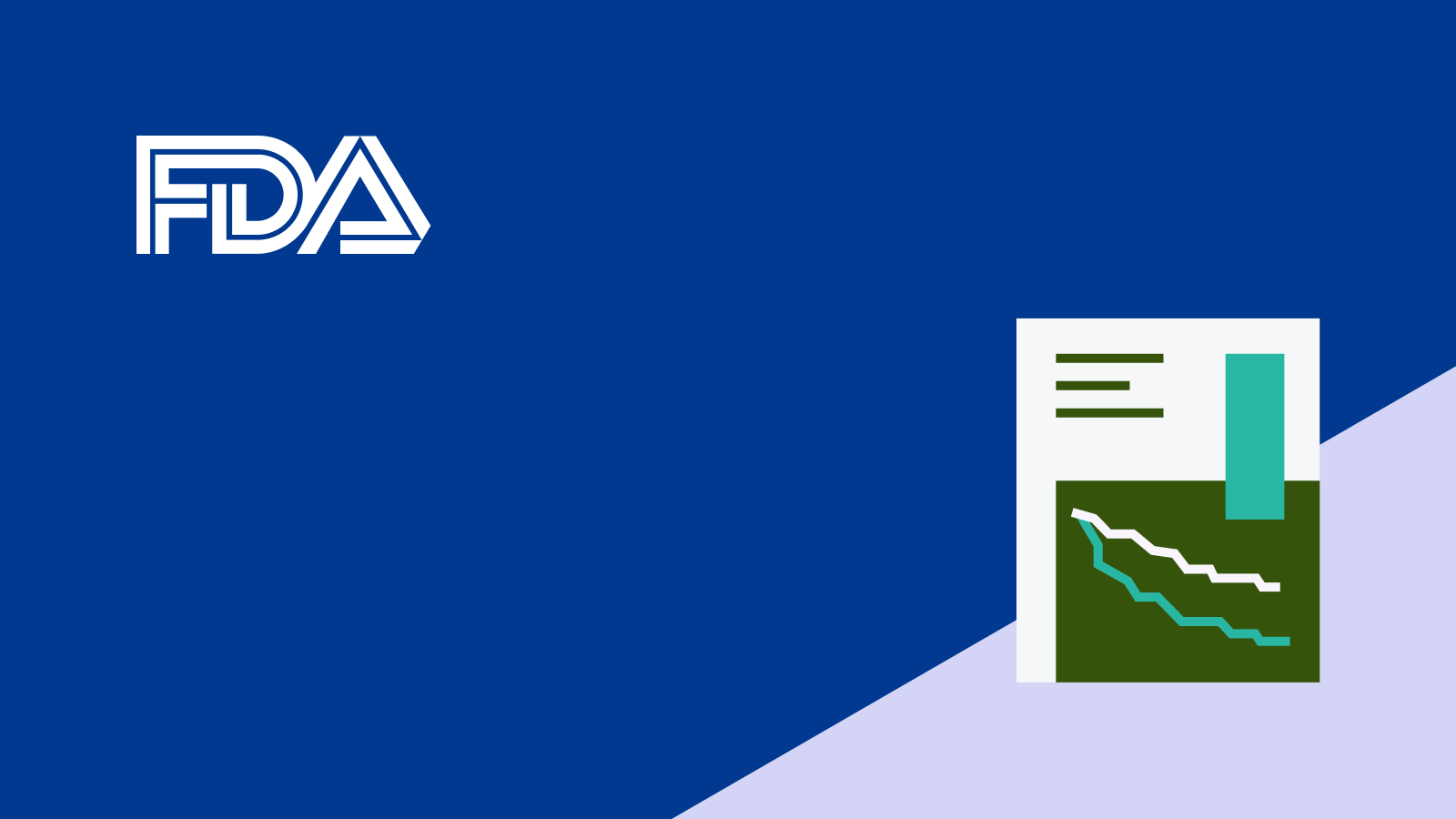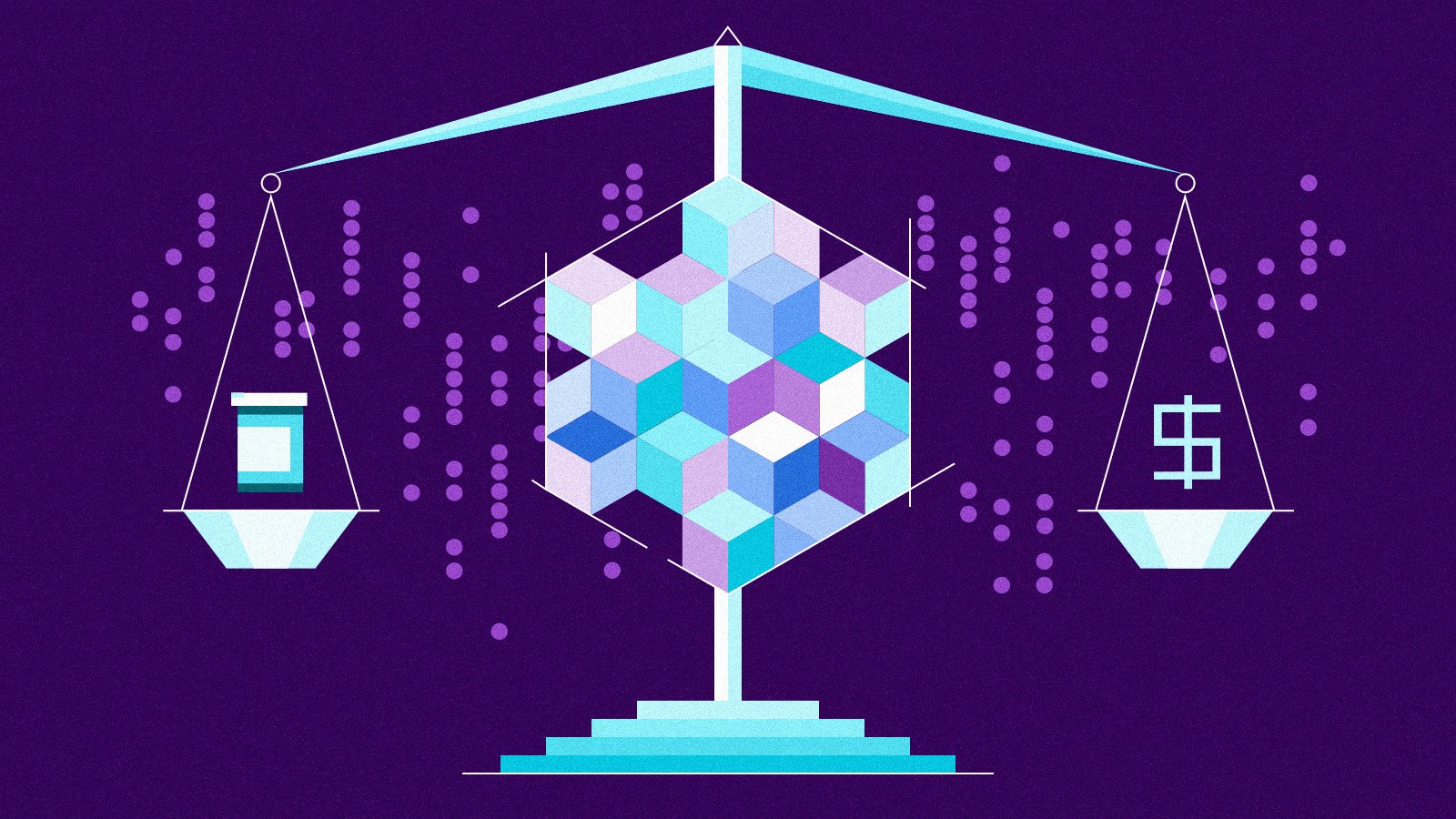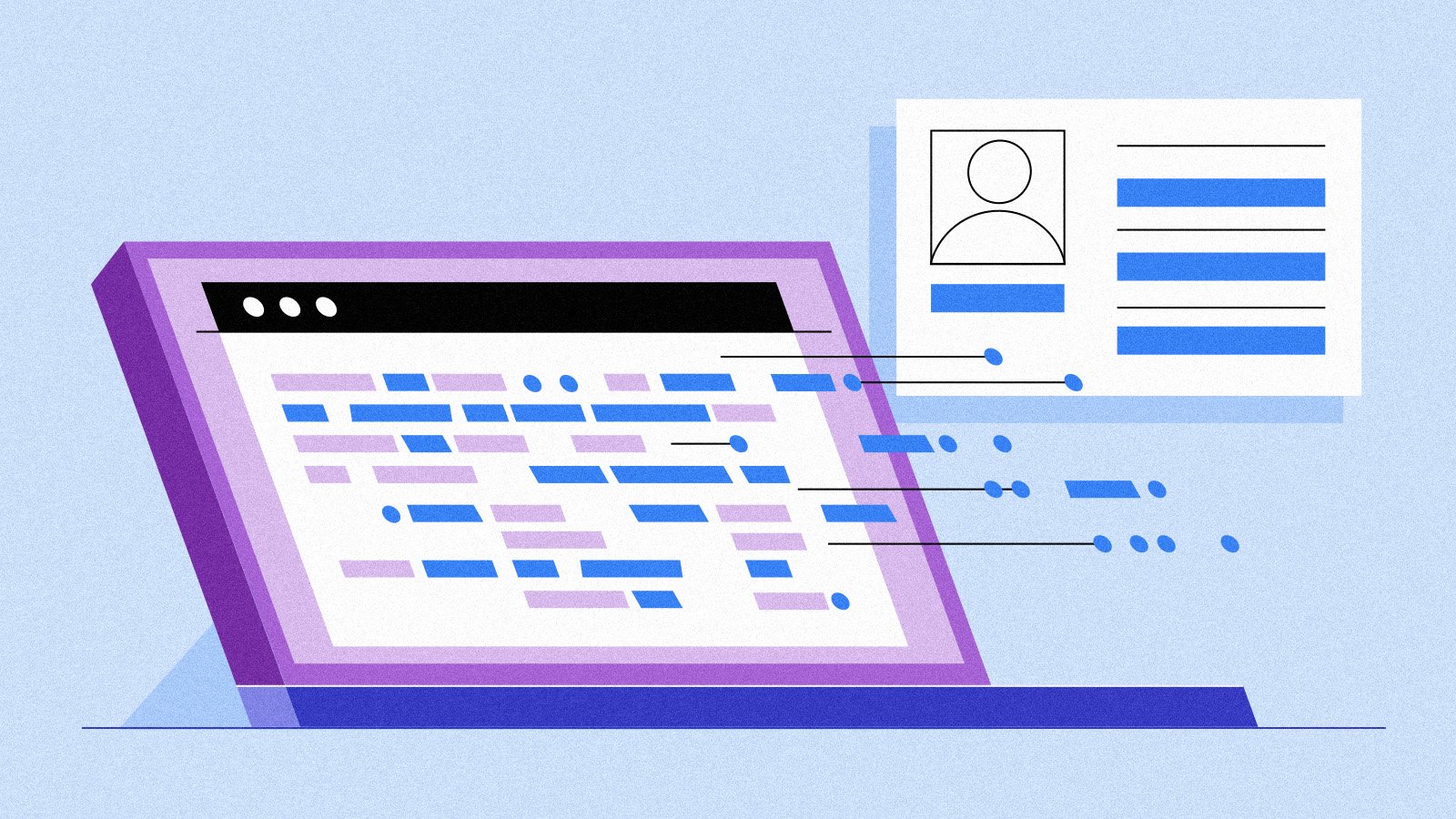Every case of cancer tells us a story that can't be captured on an intake form. At Flatiron Health, we're helping researchers piece those stories together to unlock breakthroughs in cancer care.
When generating real-world data, electronic health records (EHRs) are regarded as the definitive record of a person's history with cancer—and it's easy to see why. EHRs are filled with details about diagnoses, test results, genetic biomarkers, treatments, and outcomes.
But despite this wealth of information, gaps remain.
For starters, the EHR at a cancer clinic may not fully capture what happened to patients before they arrived at the clinic—or after they left. Did they undergo treatment elsewhere? Did they fill their prescriptions? Are there missing diagnoses for comorbidities, like diabetes? How much did their cancer treatment cost, and how are those costs related to health outcomes?
The answers to these questions—crucial context for anyone studying or treating people with cancer—can be found by linking EHR data with other sources of data, including health insurance claims. The trouble is that for decades, the claims information from insurance companies and billing departments was siloed from the information gathered at the point of care. While patients made their way through the health system, their records left out entire chapters of their journey. This kept many avenues for research out of biopharmaceutical researchers' grasp, and left key data points unconnectable.
But technical advances in matching techniques that protect patient privacy—tokenization, for example—have changed that. Integrated evidence that links data from multiple sources at the patient level is greater than the sum of its parts, allowing scientists to see a fuller picture of a patient's experience than any one data source could provide. These tools power research breakthroughs and provide hope for millions of people living with cancer.
And now, the quality of the EHR data used for integrated evidence has only become better. Over the past year, our team of data scientists has led the way in linking insurance claims to very high quality Flatiron EHR data for thousands of individual patients across many tumor types.
Researchers can use claims-linked EHR data to select a cohort of patients, sort them into groups based on characteristics like biomarker status or race, and then track those cohorts' experiences throughout the entire health system. This allows them to better understand patient disease progression, time-to-next-treatment, and other key outcomes.
It also helps researchers follow the full story of a subject's health before, during, and after their cancer treatment. For example, Flatiron found that most patients' claims data is available in a continuous 2 to 3 year window before their cancer diagnosis appears in the EHR. Depending on the type of cancer, the average overlapping time period between the EHR and insurance claims can be as high as 93%. That means researchers who use claims-linked EHR data can track the long-term outcomes of different treatment paradigms. It also means studies of treatment sequencing, switching, and drug adherence are now possible.
Claims-linked EHR data doesn't simply tell us a longer story about someone's experience with cancer—it tells a clearer, more complete one. Pharmacy and medical billing code data illuminate patients' conditions and treatments from non-cancer healthcare encounters. By tracing the trends that emerge across more granular data points, researchers can tie together relationships between treatment patterns and sequences, outcomes, cost of care, resource utilization, treatment adherence, drug adverse events and more.
Having this level of insight—especially into niche cohorts—is unprecedented. It's also incredibly useful. As just one example, consider a recent Flatiron study on immune checkpoint inhibitor (ICI) therapy that was recently presented at a scientific conference, ISPOR EU. We assessed how concurrent antibiotic treatment relates to patient health outcomes. Using claims-linked EHR data, we were able to construct a cohort of patients with either advanced melanoma or advanced non-small cell lung cancer who received immune checkpoint inhibitor therapy. Next, we identified antibiotic use from Komodo Health's claims database, which includes prescriptions, patient behaviors, and diagnoses. The treatment outcome, real-world survival, and other patient characteristics were identified from Flatiron's EHR data.
We found that antibiotic exposure around the time that patients started ICI therapy was clearly linked with worse real-world outcomes, replicating previous findings in smaller cohorts. It's an important example of how linked data can help researchers strengthen retrospective studies that would otherwise rely on single-source data. By bringing more complementary sources of information into a study, researchers can minimize the impact of covariates, including concomitant medications, which are factors that impact study results but are not of interest.
Controlling for covariates enables scientists to isolate the impact of the factor of interest in a study, such as a life-saving cancer therapy. This is one reason why, in a recent internal survey of biopharmaceutical researchers conducted by an independent third party, 87% of respondents reported that claims-linked EHR data had "high or very high value" compared to single-sourced real-world evidence.
Additional research presented at the scientific conference, ISPOR EU 2022, showed how we can combine elements of linked data to understand covariates' impact. This study, using claims-linked EHR data from Flatiron Health and Komodo Health, found that comorbid conditions are generally associated with worse survival outcomes in patients with metastatic breast cancer. It demonstrated that access to accurate comorbidity data can help scientists isolate its impact in research studies.
Claims-linked EHR data helps researchers make the most of the information from real-world cancer care. It opens exciting new pathways for research—which can drive better outcomes for people with cancer. Having pioneered real-world data in oncology, claims-linked EHR is just one way that we are taking the lead in building integrated datasets and other new approaches to evidence generation. Leveraging Flatiron's high-quality EHR data from a national network of cancer clinics, we're excited to see everything that researchers and care providers can achieve with this powerful form of integrated evidence as we reimagine the infrastructure of cancer care.



